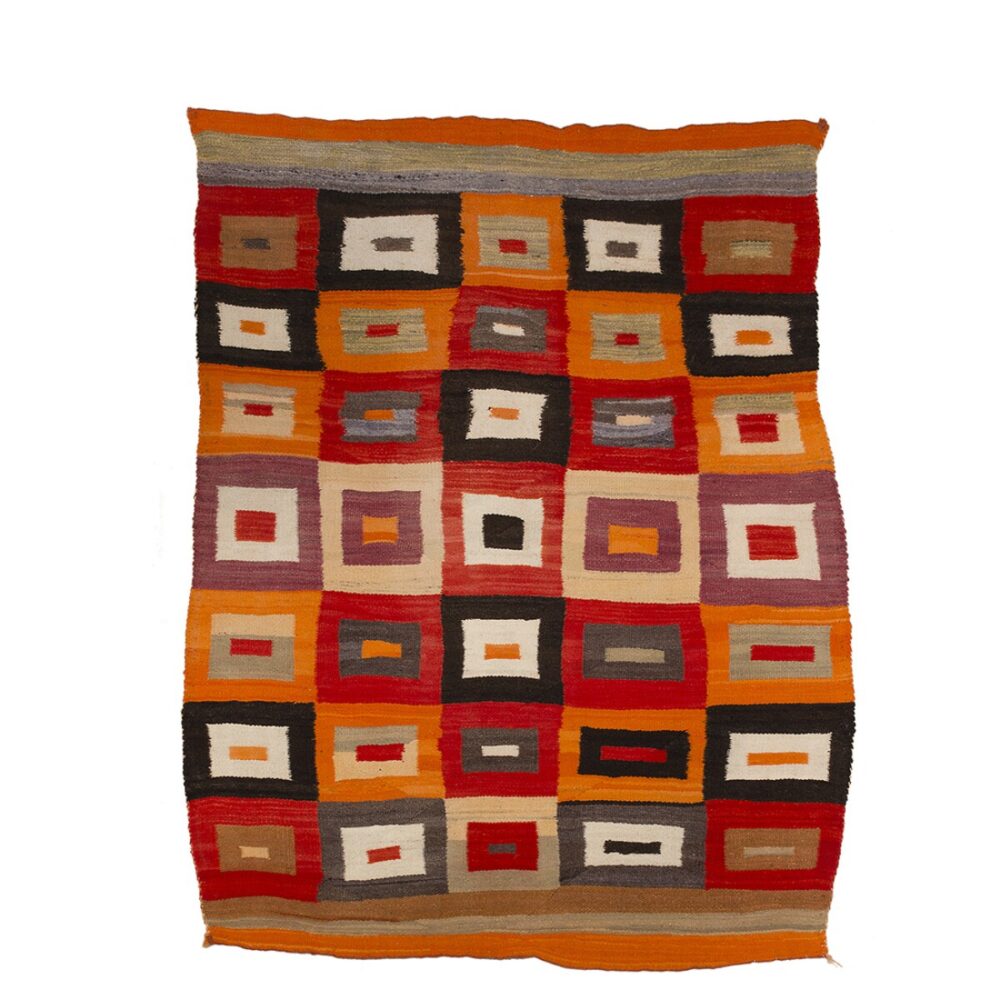Color Riot! How Color Changed Navajo Textiles
Organised by Heard Museum in Phoenix, Arizona, this exhibition features reflections on weaving by Diné artists and culture bearers, along with tools and materials from the Montclair Art Museum’s collection.
The exhibition at Montclair Art Museum leads with works from nine highly regarded contemporary weavers, including well-established artists such as D.Y. Begay and Marilou Schultz, as well as those of a newer generation, including Melissa Cody and Venancio Francis Aragon.
“The textiles presented in this exhibition are creations of weavers who wove for themselves—they are vibrant and unrestrained in both color and design.” — Co-curator Velma Kee Craig (Diné)
The historical textiles are rooted in the experiences of Navajo people between 1863 and 1868 in which more than 10,000 Navajo were forcibly detained in Bosque Redondo at Fort Sumner, New Mexico. During this time, Navajo weavers began to incorporate stylistic features from Hispanic textiles, bright aniline dyes, and wool yarns mass-produced in the Philadelphia neighborhood of Germantown. As older trading networks were disrupted weavers gained the freedom to experiment with new sources of inspiration. The vivid expressions of ingenuity and autonomy made in the decades after Bosque Redondo and at present testify to the resilience of Navajo communities and the innovation possible in this medium.
Change has always been a hallmark of Navajo (Diné) textile design, with weavers’ individualism a running thread. With Diné perspectives and the technical mastery of weavers at the heart of Color Riot!, this exhibition — featuring 70 bold artworks from 1860–1930 and the present — celebrates the courage and vision to experiment while representing the resilience of Navajo communities and their weaving innovations.
As seen in HALI 209’s pick of the best rug and textile exhibitions.





























Comments [0] Sign in to comment